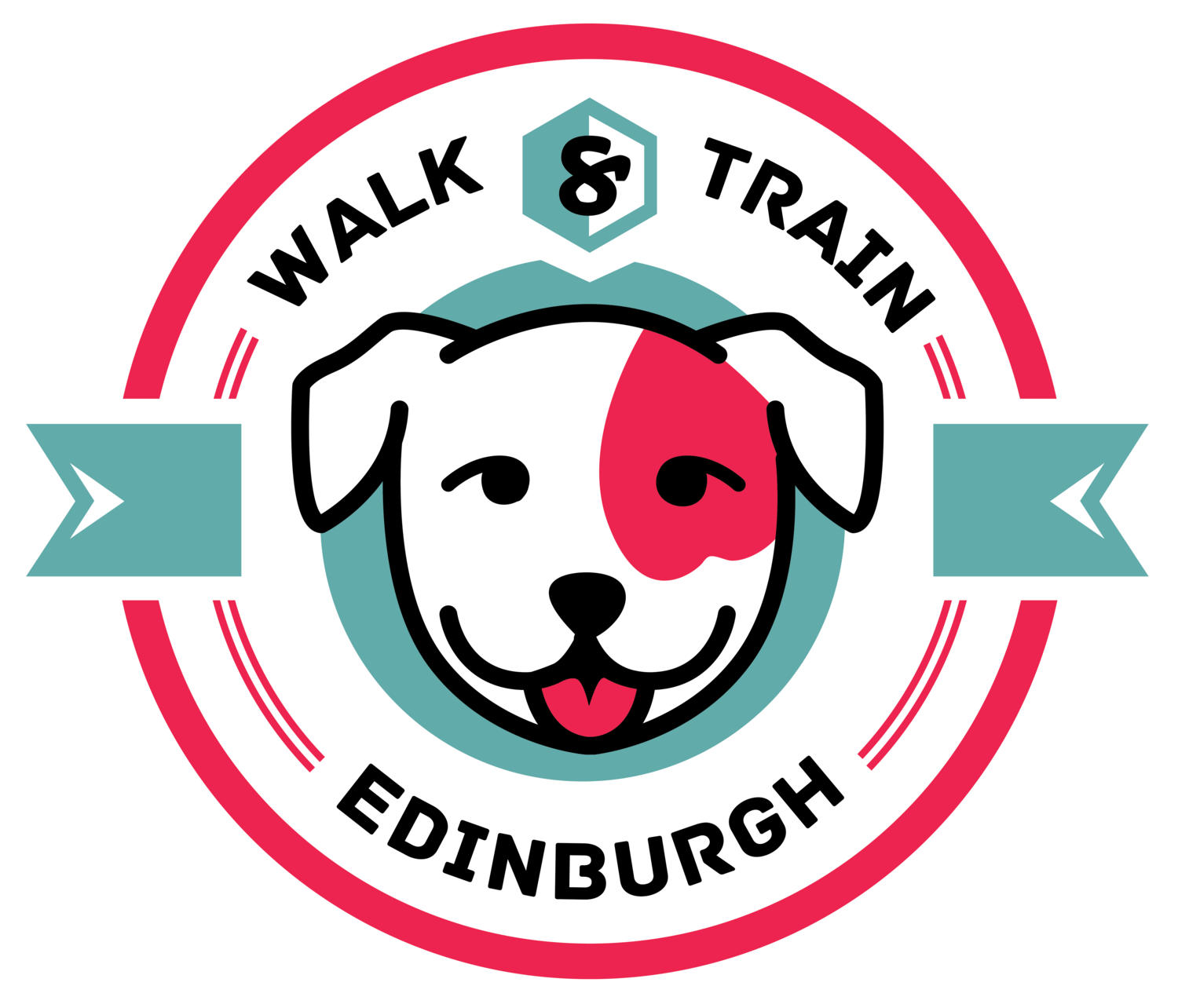Change the Mind Through the Body
This is a follow up to the post Change the Body Through the Mind.
When working with dogs with very intense or deeply rooted emotional states, it can take a long time to reach through in order to change their mind to such an extent that their physical behaviour changes as well. Addressing the body and the mind in conjunction is therefor the most effective way to help the whole dog progress.
A simple example of changing the dog’s mind through their body is to stop excitement or anxiety by blocking physical movement. For example, if your dog is running around a field getting more and more excited, you can help the dog to calm down by putting it back on a short leash. Another example is a dog that is constantly pacing around the house, getting more and more anxious. In this situation you can ask your dog to stay on a dog bed, and by stopping the neurotic behaviour, helping the dog to calm down.
A more extreme version of this would be using traditional obedience for behaviour modification. The idea is that if your dog is walking to heel, they cannot be lunging at other dogs, if your dog is in a down, they cannot be chasing playing children, if your dog is in a sit, they cannot be jumping on guests. By teaching the behaviours using food, and then proofing them around distractions by pairing it with corrections, the dog’s obedience can override whatever bad behaviour you would like to eliminate. The downside of this is that you can get a dog who is physically performing the behaviours, but who is still very stressed, fearful or anxious.
This does not mean that we have to dismiss the approach completely, but that we need to use it together with the process discussed in the previous post, and be careful not push the dog too far too quickly. If you are sensitive to your dog, and build the training up slowly and gradually, it can be an invaluable help.
Teaching your dog a reliable obedience foundation can help to give your dog clear alternative behaviours and can be a management tool used to prevent the dog’s behaviour from escalating if it ends up in a situation where it is over threshold. In an ideal world, the environment would be perfectly managed to suit our dogs’ training needs. Unfortunately, in the real world there may be many instances where the surrounding is too stimulating and your dog’s triggers end up being too close. Stressful situations will happen, but it is how you deal with them that makes the difference. Practice obedience to a high level so that you can use it in real life, unprepared situations. By being able to control your dog’s physical movement and giving your dog a clear command to focus on, you can prevent the dog’s behaviour from escalating in stressful situations, and calm their mind.

